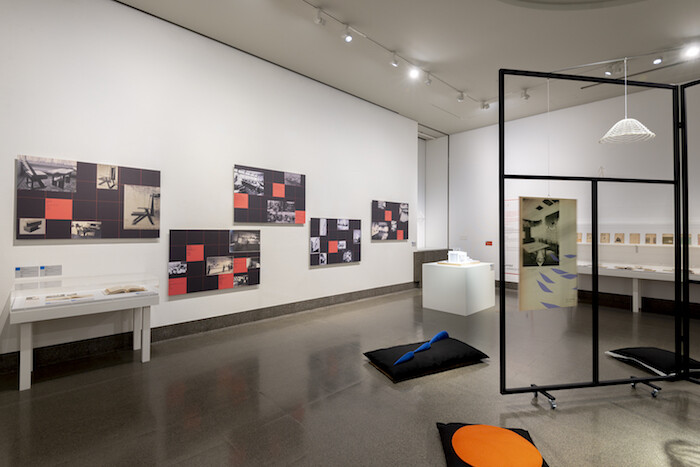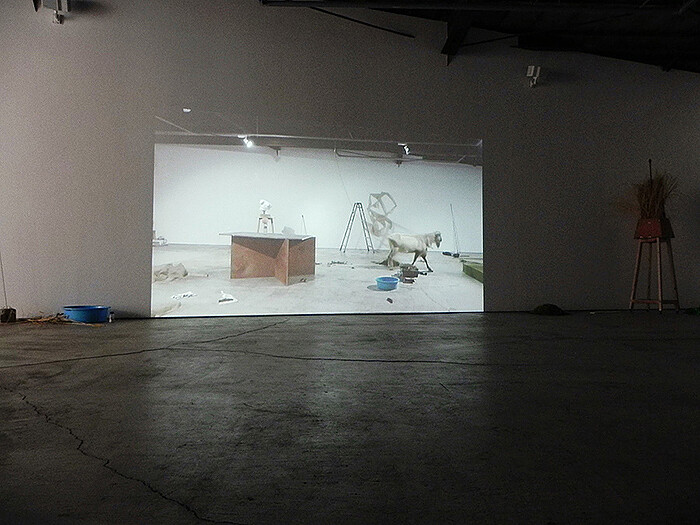Categories
Subjects
Authors
Artists
Venues
Locations
Calendar
Filter
Done
October 1, 2018 – Review
“bauhaus imaginista: Corresponding With”
Filipa Ramos

On arriving in Japan in 1933, the German architect Bruno Taut (1880–1938) declared: “When modern architecture first came into being around the 1920s, it was the simple and entirely free Japanese living room, with its large windows, wall cupboards, and the purity of its design that provided the strongest impetus for the simplification of the European living space.” Taut shared the belief that a progressive design contributed to the edification of an emancipated society with the Bauhaus, the “School of Building” founded in Weimar in 1919 by his contemporary Walter Gropius (1883–1969). In the books he wrote during his stay in Japan, Taut reflected on the functional and simple qualities of Japanese architecture and design, comparing them with the western modernist values of his time.
Held at the National Museum of Modern Art, Kyoto, the first chapter of the exhibition series “bauhaus imaginista: Corresponding With” does a parallel operation by unveiling the exchanges between the Weimar school and parallel educational contexts in Japan and India. More precisely, the show offers an accurate, serious, and elegant observation of the contemporaneous reformist purposes of three pedagogical institutions: the Bauhaus; the School of New Architecture and Design (former Research Institute for Life Configurations), co-founded …
June 4, 2015 – Review
Gaku Nakano’s “Somehow the mosaic looks nice”
Minoru Shimizu

The past few decades in the art world have seen the emergence of both relational art and “Zombie Formalism.” The former is a primarily public funding-dependent, social democratic art, in which the artist is a kind of facilitator, who, because of his or her participation in the contemporary-art game, is adept at following its rules and persuading its audiences of this kind of practice’s criticality. The work itself, however, resembles an educational television program. The artist/teacher instigates a continuous—and perpetually ongoing—debate about a serious issue that is currently popular in the contemporary world. He or she also teaches the audience about the value systems surrounding the issue. It goes without saying that the “issue” usually pertains to a site-specific “history” or “memory.” The artist haphazardly shuffles the histories/memories of indigenous people, makes an installation, and assigns homework: “think for yourself.”
The latter, “Zombie Formalism,” is a corrupted version of alternative modernism. It is ultimately a fetish art, which feeds on the private funds of collectors and investors and repeats clichéd formal qualities of geometric patterns and painterliness. It is an art of gallerists skilled at selling works that follow the rules of contemporary art. In terms of their use of the …